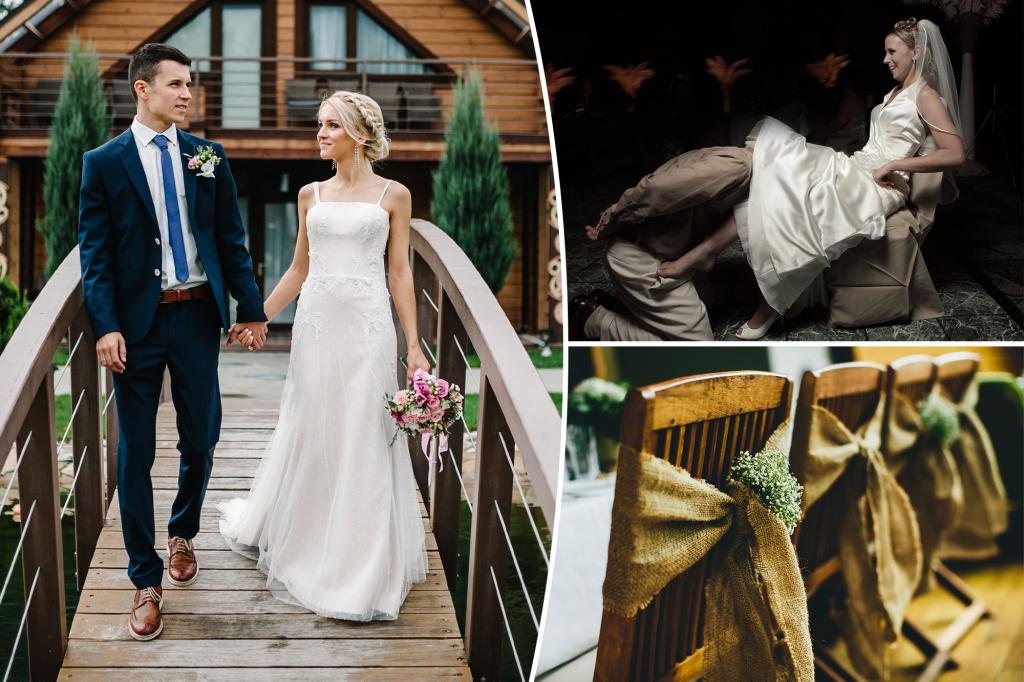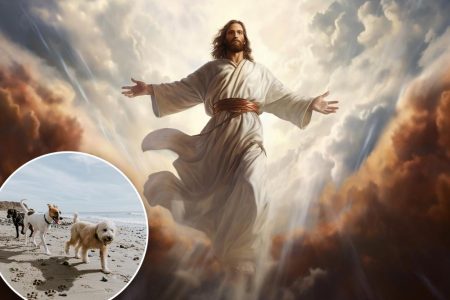Evolving Wedding Trends: A Modern Take on Traditions and Décor
In the ever-changing landscape of wedding planning, what was once considered essential may now be viewed as outdated. With over two decades of experience in the wedding industry, Robin ‘Birdie’ Yarusso has witnessed the evolution of wedding trends firsthand and offers valuable insights for couples preparing to tie the knot. While personal preferences still dictate choices regarding venues, cuisine, and décor, certain elements that were once wedding staples are now falling out of favor. As couples strive to create memorable and contemporary celebrations, understanding which traditions and design elements are losing popularity can help create a timeless event rather than one that might feel dated in photos years later.
When it comes to décor, some previously beloved elements are now considered passé. Yarusso emphatically advises against using burlap, once a cornerstone of rustic wedding aesthetics, stating plainly, “Burlap is done. Please, please let it go.” This sentiment is echoed across wedding planning communities, where discussions about outdated décor abound. Reddit users in wedding planning forums have voiced growing weariness with certain design elements that have saturated the market in recent years. Many mentioned the ubiquitous minimal cursive signage and neutral color palettes dominated by beige, white, and tan. Eucalyptus greenery, which has been a staple in wedding arrangements for several years, is also frequently cited as overused. These observations suggest a potential shift toward more colorful, personalized décor choices that break away from the Instagram-perfect but somewhat homogeneous aesthetic that has dominated wedding design in recent years.
Fashion trends in weddings are similarly experiencing significant shifts. Couples and wedding guests alike have expressed opinions about certain bridal party attire choices that may not stand the test of time. Mismatched floral bridesmaid dresses, once considered a fresh and personalized approach, are now viewed by some as a trend that may look dated in future wedding albums. For bridal gowns, baroque or drop-waist designs and lingerie-inspired bodices are mentioned as styles that might appear too trend-specific in retrospect. This feedback highlights the delicate balance couples must strike between embracing current fashion while considering how their choices will age in photographs and memories. Many modern couples are gravitating toward classic silhouettes with personalized details that reflect their individual style without being overly trendy.
Traditional wedding customs are also evolving as couples prioritize creating experiences that feel authentic and comfortable. Yarusso notes that practices like the dollar dance—where guests pay small amounts to dance with the bride or groom—are increasingly rare at contemporary weddings. Similarly, the garter toss, often perceived as awkward or inappropriate by today’s standards, is being omitted from many wedding receptions. These changes reflect broader social shifts toward celebrations that prioritize guest comfort and couple preferences over outdated traditions that may no longer resonate with modern sensibilities. Many couples are replacing these customs with personalized rituals that hold greater meaning for them or choosing to allocate that time to elements they value more, such as extended dancing or meaningful toasts.
The financial responsibility for weddings is another area experiencing significant transformation. The traditional expectation that parents, particularly the bride’s family, would shoulder the cost of the wedding is no longer universal. Many couples are now funding their own celebrations, either out of necessity or as a reflection of their independent status as adults. This shift can sometimes create tension between generations with different expectations about wedding financing. One Reddit user shared an experience where their boyfriend’s mother expressed surprise and slight offense at the idea that parents might not fund their children’s weddings, particularly questioning the traditional role of the groom’s parents in contributing to specific expenses. This anecdote illustrates the generational gap in understanding how modern couples approach wedding finances, with many preferring to maintain control over their celebration by funding it themselves, sometimes with supplementary contributions from family members.
Beyond changing traditions and aesthetic preferences, the financial reality of modern weddings presents a significant consideration for couples. Regional cost variations can dramatically impact wedding budgets, with some locations commanding premium prices. New Jersey stands as a striking example, with average wedding costs reaching as high as $70,600, making it the second most expensive state in which to marry, according to data from wedding planning platform Zola. This staggering figure underscores the financial commitment that weddings represent and may explain why many couples are reconsidering both expensive traditions and who bears the financial responsibility. As wedding costs continue to rise, many couples are becoming more selective about which elements they prioritize, often choosing to invest in experiences that align with their values while dispensing with traditions or decorative elements that feel obligatory rather than meaningful.













